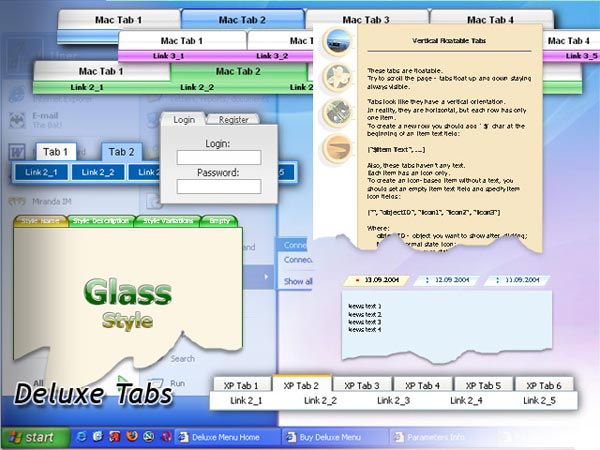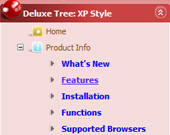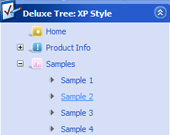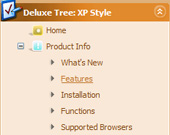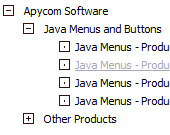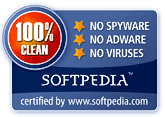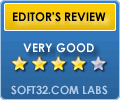Recent Questions Yahoo Yui Dynamic Tree Highlight
Q: I recently downloaded the trial version of JavaScript Tree Menu-Javascript/DHTML Tree and Deluxe Tabs. I am very, very pleased with your product!! I wish to purchase JavaScript Tree Menu & Tree & Tabs & Popup Window & Calendar Single Website License Product # 300094393.
However, before I do, I have a few questions first.
Question #1
I created a DeluxeTree Menu that is very large due to the amount of pages in my website and tested it on my website. It works fine. Of course I have created and saved a .js file and still have to add much more submenus to it. When I purchase the full version of javascript context menu will and begin to modify this .js file that I created will the "Trail Version" logo disappear? I hope so because it would be quite a task to have to re-create this file.
Question #2
I also created a JavaScript Tree Menu in a cross frame structure and placed the menu in the top frame. When I tested it and click on the menu button, the submenus drop down but do not appear in the frame below. They remain in the top frame forcing me to resize the top frame to see the submenus. When I viewed the example on your website for the cross frame structure, the examples show the submenus overlapping and appearing on the frame below the top frame. How do I fix this?
Thank you for time, looking forward to purchasing your product.
A: 1) There is no need to create your javascript context menu after the purchase.
You'll use new engine files only.
The purchased version of JavaScript Tree Menus doesn't have nag messages.
You'll see "Incorrect Key" message on a local machine but you won't see it on a registered domain.
2) You should install the menu in a cross-frame mode, see more info here:
http://www.deluxe-menu.com/cross-frame-mode-sample.html
Click "Show additional info" button.
Q: I use Namo WebEditor 2006 to edit our site.
I used your program to create a drop down menu but when I try to paste the script into my editor I don't get the menu. I have read your instructions and followed them step by step several times but I have had no success. Can you please assist me.
A: JavaScript Tree Menu wasn't developed as Namo WebEditor 2006/Dreamweaver/Frontpage extension,
BUT you can use it as standard Javascript files. To install the menuinto your html page:
1. open the page in Namo WebEditor 2006/Dreamweaver/Frontpage
2. open html source code of the page
3. add several rows of code (<script> tags), For info see:
http://deluxe-menu.com/installation-info.html
That's all.To create and configure your menus use Deluxe Tuner application(included into the trial package):http://deluxe-menu.com/deluxe-tuner-info.html
Q: I just purchased your product and I have it installed and it is working great. Great job with this product.
I am wondering why I am only seeing just a small percentage of the templates for the css rollover menus. On your web page, there seem to be dozens of different styles to choose from. On my local software there is only a few. Can I download the additional "vista" styles somehow?
A: We've included all templates in the installation package.
You can also find all templates in the following folder:
C:\Program Files\JavaScript Tree Menus\deluxe-menu\Templates\Q: Is it possible to add a combo box or a search field to a tree view component?
A: You can paste any html code inside item's text, for example:
["+Support", "", "icon5_t.gif", "icon5_to.gif", "", "Support Tip"],
["|Index <select style='width:120px;height:17px;font:normal 10px Tahoma,Arial;'><option>Section 1<option>Section 2<option>Section 3</select>","", "", "", "", "", "", "0"],
["|Search <input type=text style='width:80px;height:17px;font:normal 10px Tahoma,Arial;'> <input type=button value='Go'style='width:30px;height:17px;font:normal 10px Tahoma,Arial;'>", "", "", "", "", "", "", "0"],
["|Write Us", "mailto:[email protected]", ""],
["|<INPUT TYPE=checkbox CHECKED ID=chk1 onclick='choosebox1()'>Uncheck this check box for some free advice","","","",],
["<img src='img/sep.gif' width=113 height=1>"],

